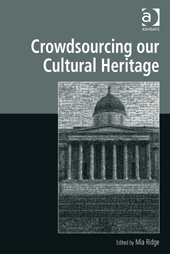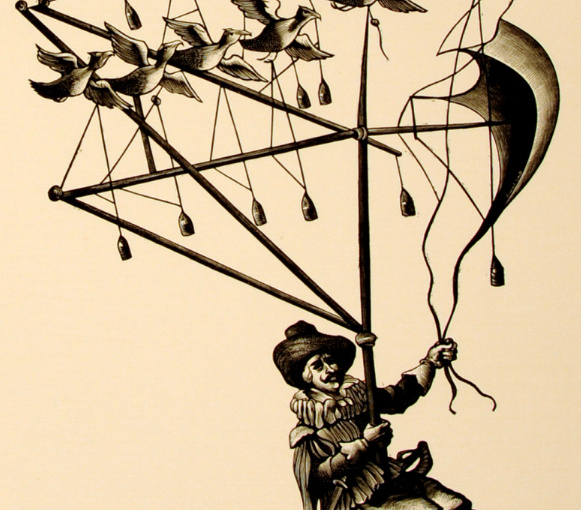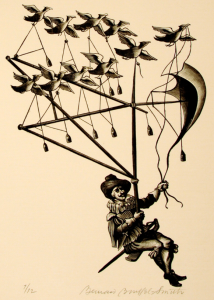My edited volume, Crowdsourcing our Cultural Heritage, is now available! My introduction (Crowdsourcing our cultural heritage: Introduction), which provides an overview of the field and outlines the contribution of the 12 chapters, is online at Ashgate's site, along with the table of contents and index. There's a 10% discount if you order online.
If you're in London on the evening of Thursday 20th November, we're celebrating with a book launch party at the UCL Centre for Digital Humanities. Register at http://crowdsourcingculturalheritage.eventbrite.co.uk.
Here's the back page blurb: "Crowdsourcing, or asking the general public to help contribute to shared goals, is increasingly popular in memory institutions as a tool for digitising or computing vast amounts of data. This book brings together for the first time the collected wisdom of international leaders in the theory and practice of crowdsourcing in cultural heritage. It features eight accessible case studies of groundbreaking projects from leading cultural heritage and academic institutions, and four thought-provoking essays that reflect on the wider implications of this engagement for participants and on the institutions themselves.
Crowdsourcing in cultural heritage is more than a framework for creating content: as a form of mutually beneficial engagement with the collections and research of museums, libraries, archives and academia, it benefits both audiences and institutions. However, successful crowdsourcing projects reflect a commitment to developing effective interface and technical designs. This book will help practitioners who wish to create their own crowdsourcing projects understand how other institutions devised the right combination of source material and the tasks for their ‘crowd’. The authors provide theoretically informed, actionable insights on crowdsourcing in cultural heritage, outlining the context in which their projects were created, the challenges and opportunities that informed decisions during implementation, and reflecting on the results.
This book will be essential reading for information and cultural management professionals, students and researchers in universities, corporate, public or academic libraries, museums and archives."
Massive thanks to the following authors of chapters for their intellectual generosity and their patience with up to five rounds of edits, plus proofing, indexing and more…
- Crowdsourcing in Brooklyn, Shelley Bernstein;
- Old Weather: approaching collections from a different angle, Lucinda Blaser;
- ‘Many hands make light work. Many hands together make merry work’: Transcribe Bentham and crowdsourcing manuscript collections, Tim Causer and Melissa Terras;
- Build, analyse and generalise: community transcription of the Papers of the War Department and the development of Scripto, Sharon M. Leon;
- What's on the menu?: crowdsourcing at the New York Public Library, Michael Lascarides and Ben Vershbow;
- What’s Welsh for ‘crowdsourcing’? Citizen science and community engagement at the National Library of Wales, Lyn Lewis Dafis, Lorna M. Hughes and Rhian James;
- Waisda?: making videos findable through crowdsourced annotations, Johan Oomen, Riste Gligorov and Michiel Hildebrand;
- Your Paintings Tagger: crowdsourcing descriptive metadata for a national virtual collection, Kathryn Eccles and Andrew Greg.
- Crowdsourcing: Crowding out the archivist? Locating crowdsourcing within the broader landscape of participatory archives, Alexandra Eveleigh;
- How the crowd can surprise us: humanities crowdsourcing and the creation of knowledge, Stuart Dunn and Mark Hedges;
- The role of open authority in a collaborative web, Lori Byrd Phillips;
- Making crowdsourcing compatible with the missions and values of cultural heritage organisations, Trevor Owens.



